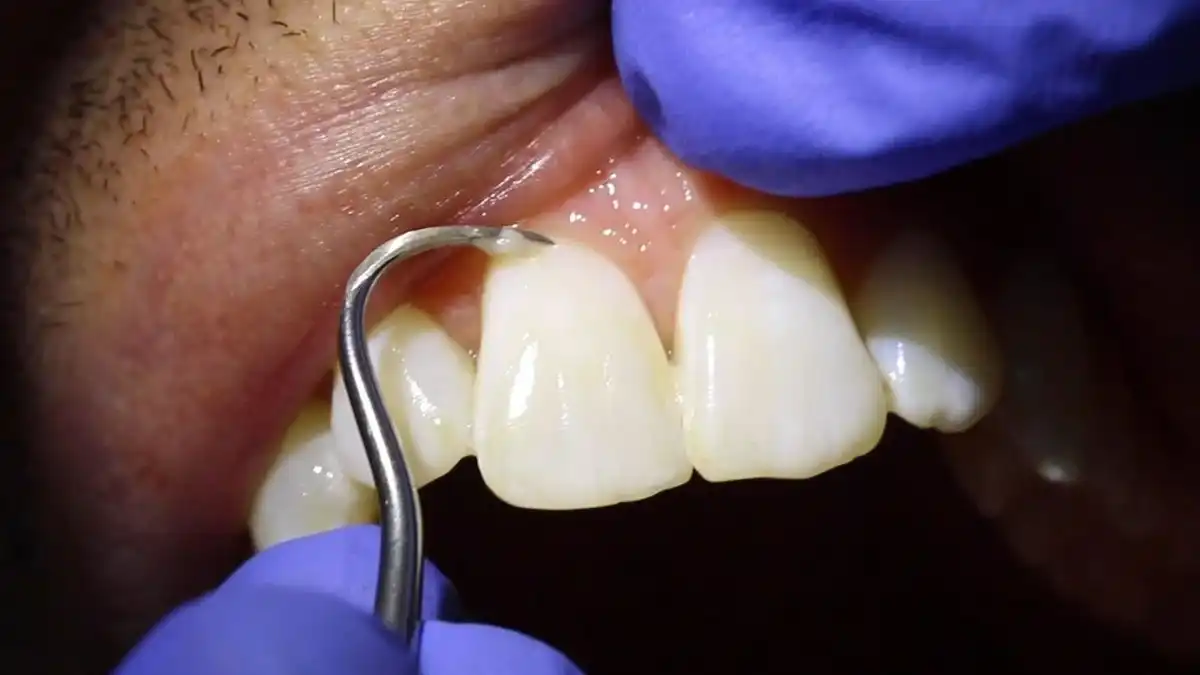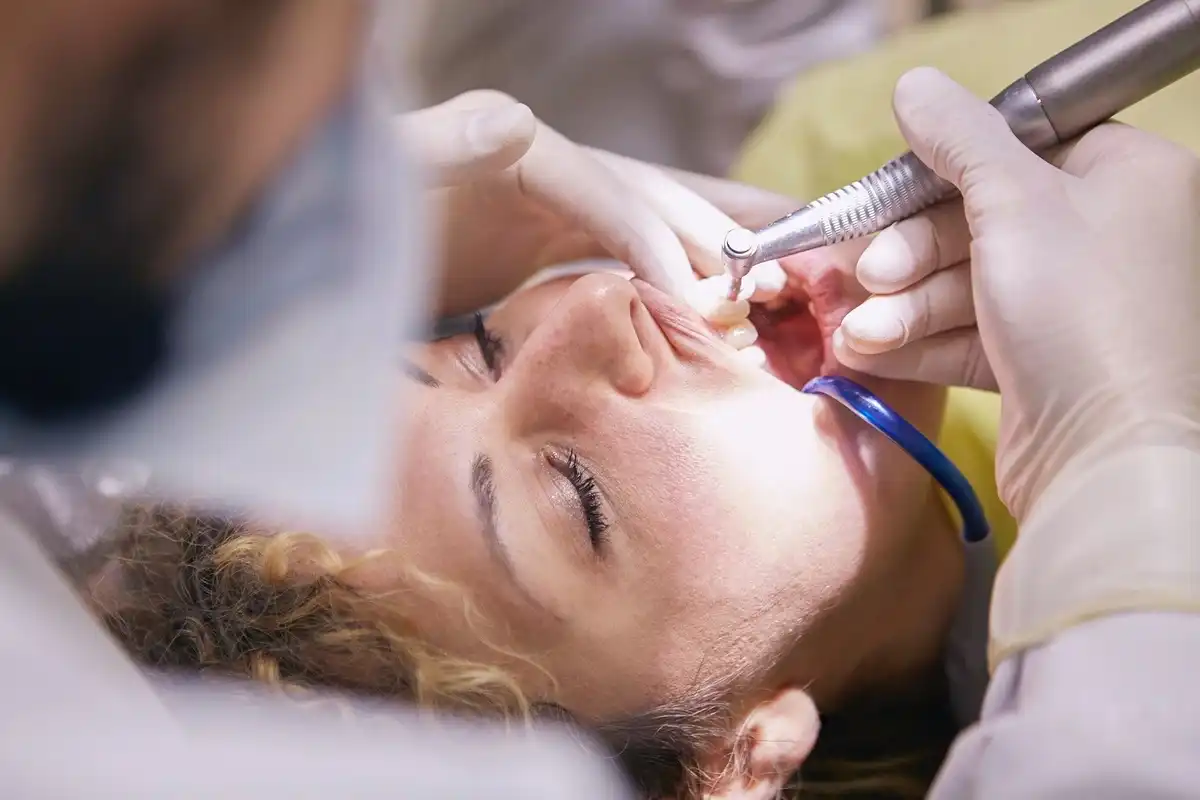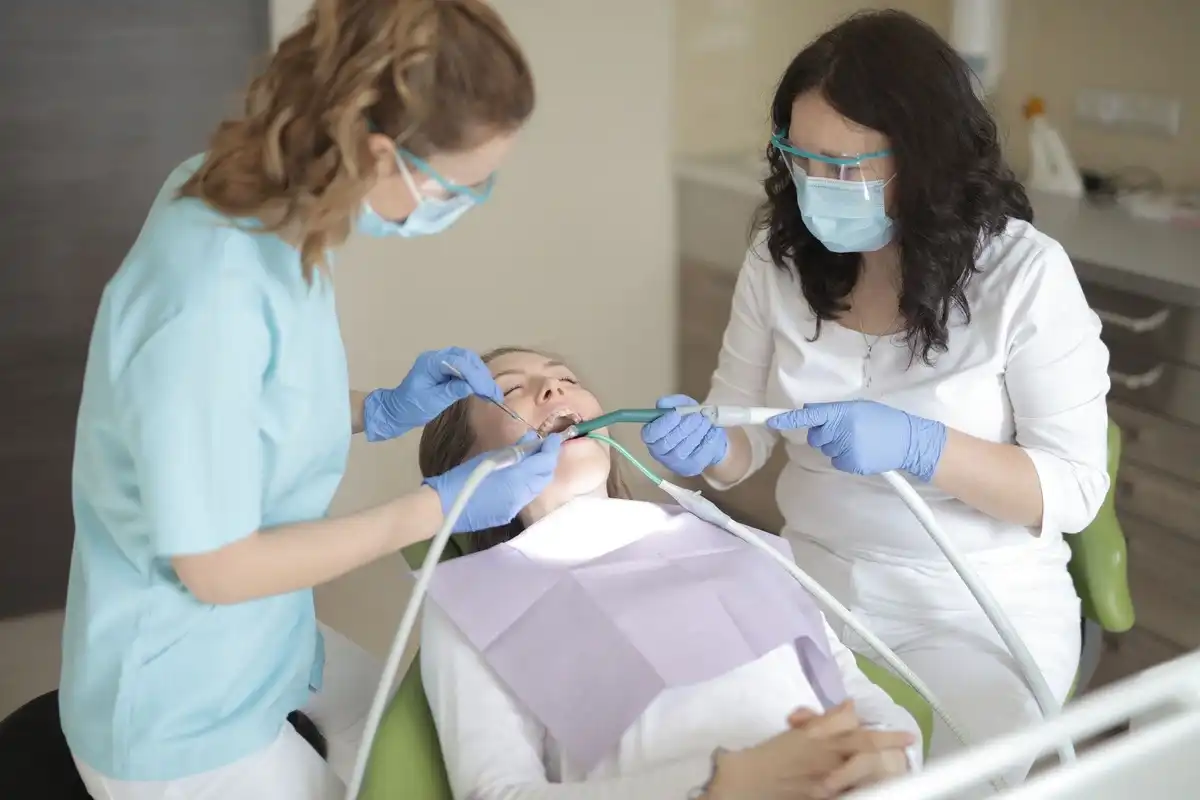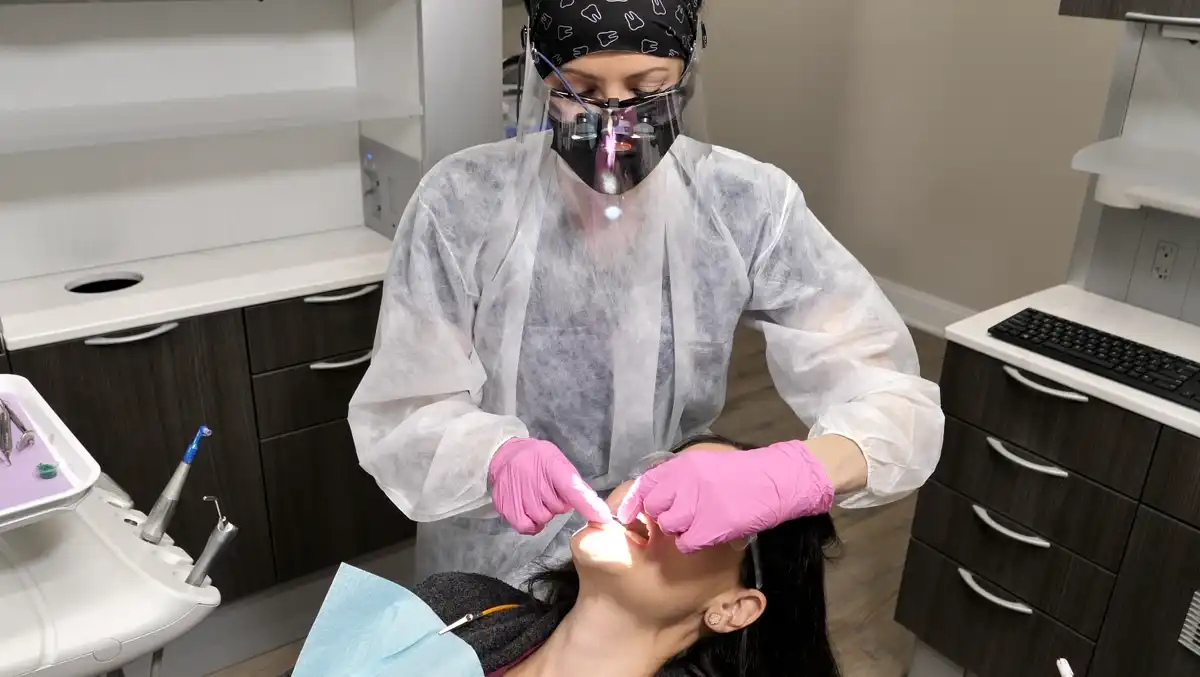7 RDH Tips When Talking with Parents in Pediatric Dentistry

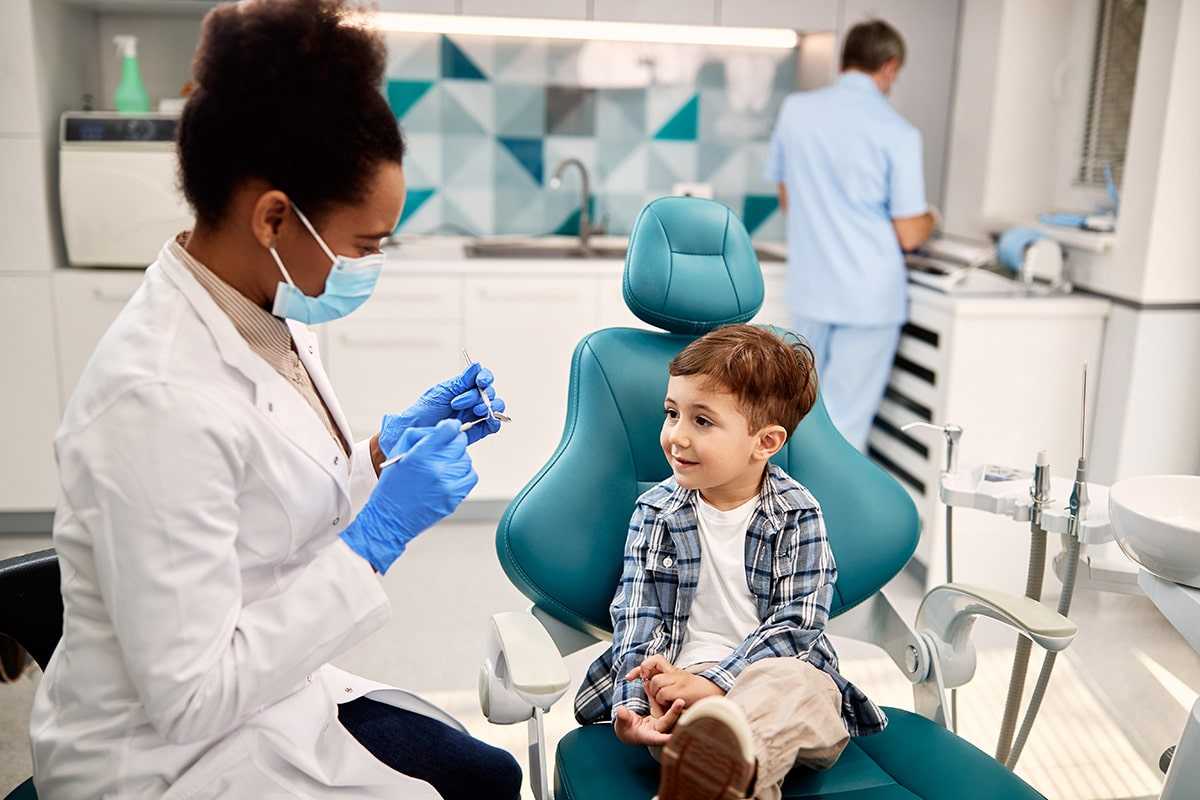
Whenever you have a young patient or you work in a pediatric dental office, you have two different people to communicate with: the young patient and the parent or other caregiver that brought them to their appointment. And truth be told, sometimes it’s more challenging to communicate with the parent than it is to get the child to open wide for their dental cleaning. Thankfully, with time and a lot of practice (and some smart pediatric dentistry tips), you can connect with both your patients and their parents, providing a one-of-a-kind experience for everyone in the family.
Communication With The Parents
Think of a child’s first couple of dental visits as your “parent information sessions.” As you educate the child, also educate their parents about the preventative care process, why certain procedures or services are recommended, and how it will help their child 10-15 years from now. One of the biggest reasons why parents choose new doctor’s and dentist’s offices for their kids is because of the way the staff communicates (or fails to communicate) with them during visits.
Directly communicating with someone and being open about the processes involved helps them to trust you better. And trust is key when a child requires restorative dental care.
Home Care Habits Start With The Parents
Even though you want to educate every child about oral hygiene and home care, the earliest visits are vitally important for their parents. Involve them as you discuss proper brushing techniques, flossing, and even which toothpaste to use.
In addition to in-office patient and parent education, be sure to provide additional resources like more extensive home care guides that go into further detail about their child’s oral hygiene.
Some helpful pediatric dentistry tips parents may want to try will include:
- Brushing teeth side-by-side with their child
- Using a timer or song to make sure everyone is brushing as long as they ought to
- Talking to expectant mothers about their child’s first dental visit
- Dietary counseling, including smart meal and snack choices for kids
- Age-appropriate independence for tooth brushing and fluoride use
- Discussing pacifier use or thumb-sucking
- Talking about the importance of sealants, professional fluoride treatments, and orthodontic screenings
Important Tips For Communicating With The Parents Of Pediatric Dental Patients
1. Address the parent by their name.
In pediatrics, it’s easy to get into the habit of calling the patient’s parents “mom” or “dad.” Unfortunately, this can feel a little generic and make some parents feel more like a number than a person. Address the child’s caregiver or parent by their name (preferably Mrs. or Mr. such-and-such.) It may seem silly, but this tiny little change is crucial to connecting and facilitating relationships with a child’s parents.
2. Talk to the parent before the visit and discuss what’s planned for the day.
Ask the child’s parents if they have any specific concerns or things that they’d like the dentist to check. Then, let them know what services you’ll be providing that day, such as a cleaning and exam or sealing their six-year-molars. That way, nobody is caught off guard about what’s happening, especially the person who is financially responsible for it all!
3. Determine where the parent will be during the appointment.
Ideally, the child will be coming to the treatment area by themselves, as kids tend to do best when that’s the case. But living in the world that we do, many parents are hesitant for their child to be out of eyesight. And that’s ok. If that’s the case, consider asking the parent to stand just outside the room, where they can see their child but the child can’t see them. I promise it helps! Kids just typically go along with their cleaning more easily when there isn’t someone to immediately available sweep them up into their arms.
4. Never assume. Ever.
When children need restorative or therapeutic dental care after a checkup, it’s never safe to assume that the parent will express all of their concerns upfront. It could be that they’re having financial difficulties (even if it doesn’t look like it,) family problems, or are worried about the child’s anxiety during the procedure. Most people aren’t going to come right out and say what they’re worried about. That’s why it’s always important to find a discreet place to discuss things and provide all of the information upfront, even if the parent doesn’t ask about it. Such as insurance and financing options, sedation options, etc. This might not fall on you as the hygienist all the time, but there will be times when it does.
5. Communicate in multiple ways.
Some people struggle to read. Others are auditory learners. Some prefer seeing videos of what’s going to take place. After you verbally discuss a child’s needs, provide pamphlets or video links of procedures to help the parent better understand what their child needs, why it’s needed, and how it will be performed. If you have a monitor in your operatory, you might even want to play informational videos when time allows.
6. Use the time between the child’s cleaning and the dentist’s exam wisely.
After you’ve completed your prophy and you’re waiting on the dentist to come by for a check, have the parent step back into the operatory to discuss everything you’ve done that day, including how the child’s teeth look, any concerns you want the dentist to look at, and review diet or oral hygiene advice. This is a great opportunity to invite the parent to ask any questions that they have. Be sure to show them any intraoral photographs or X-rays that you’ve taken, as parents love to see and help “co-diagnose” their child’s care. Use this opportunity as a chance to explain things like eruption patterns, suspicious shadows, or orthodontic topics.
7. Review the doctor’s findings with the parent.
Once the dental exam is complete, reiterate any recommended treatment with the parent. Then walk the patient and parent to the front desk, where you will relay the doctor’s recommended care plan in front of the parent. This helps stress the importance of the care plan and allows the front desk staff an opportunity to echo what you’ve already set the stage for. The front desk staff can take care of the rest. Use this as a chance to let the parent know that you’re happy to answer any additional questions. You may even want to offer to hop on the phone if they think of something later on that day that they have questions about.
Effective Communication With Parents
If parents don’t trust or have a good relationship with the dentist and hygienist, or the front office staff doesn’t communicate with them in a polite manner, they’ll usually take their family elsewhere. As a hygienist, you play a key role in establishing the first impression a parent and child have of the entire dental office. Understanding what information to share and how to communicate it to the child and their parent will influence their future dental health decisions. Creating trusting relationships with parents and caregivers will ensure your pediatric patients receive quality, ongoing care to keep their smiles healthy in the years ahead.

Make your inbox smile!
Subscribe
